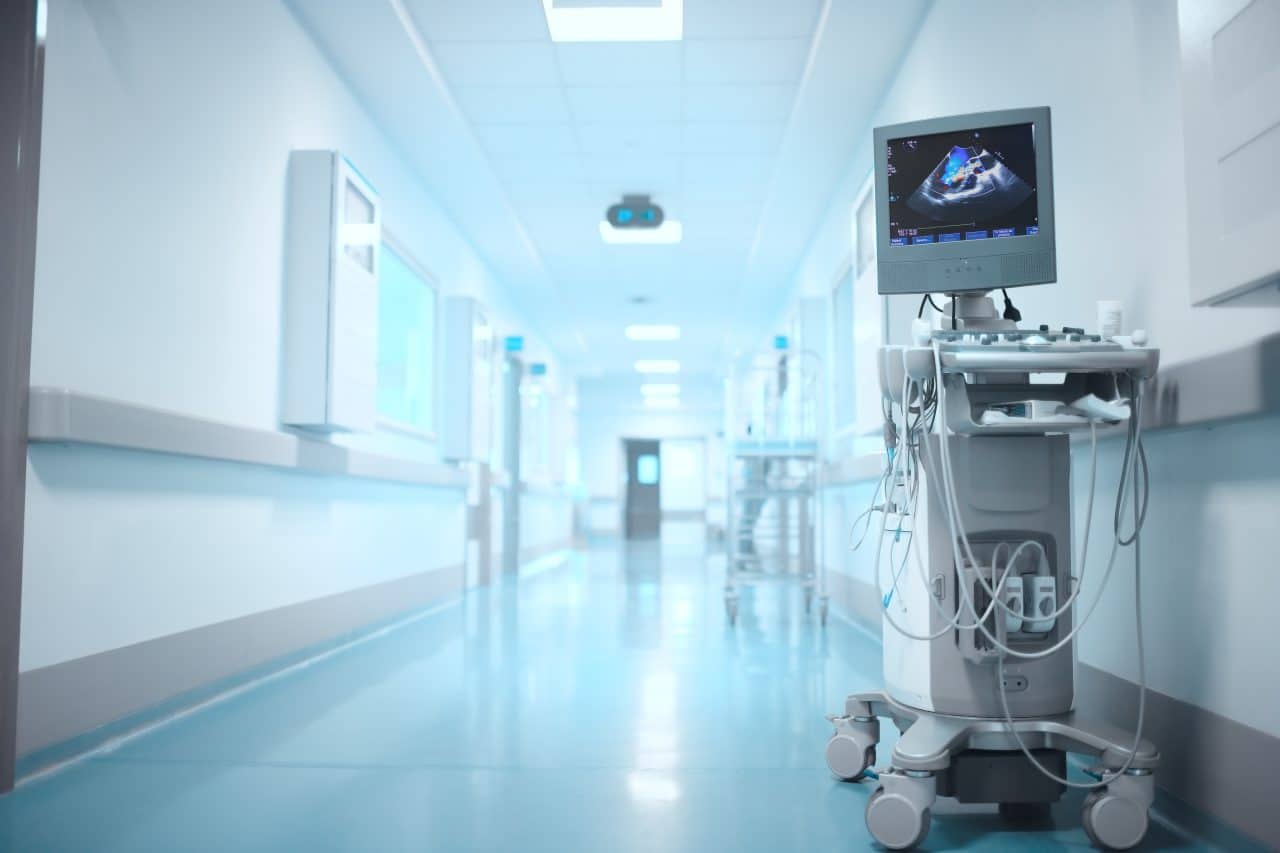New Facilities Transition Management: Not Just About Technology

Technology comes in all sizes and shapes and plays a big role in the success of a new healthcare facility, but it is not the only determining factor. That is why a New Facilities Transition Management (NFTM) Program is vitally important. An NFTM Program promotes essential communication and collaboration among the various teams who will be working in the new facility, from the visioning and planning phase, to the design and construction phase, to the education and implementation phase and beyond.
A new facilities project should begin with the appointment of an NFTM Program Director who facilitates the development of a strong vision and communication of that vision to the clinicians and staff who will occupy the new facility. The purpose of the NFTM Program is to involve and ensure communication and collaboration among the leadership team, design team, construction team, technical team, and clinical and operational teams as they work together to plan and achieve the vision.
The next step is an assessment and the creation of the NFTM plan. In partnership with hospital leadership, the plan outlines the goals of the program (relying heavily on the overall vision) as well as key metrics for measuring progress, a structure for reporting and change control, and a timeline that visualizes major program milestones. The goal of the plan is to provide structure and guidance to the program team until the new healthcare facility is complete and functional.
The assessment, typically performed by a third-party with expertise in healthcare technology, looks mainly at three factors: healthcare technology trends, planned technology budget, and how these trends and budget fit within the vision of the new facility. The goal of the assessment is to validate the organization’s technology plan: Will it modernize the facility with solutions designed to improve patient care and outcomes? Does the organization have the means to implement and integrate the technology to produce a cohesive result?
Integration of technologies is particularly critical in clinical spaces. For example, a monitoring system alert that is not relayed to the proper channels could be life threatening to a patient. Technologies that are not integrated can also become cumbersome and inefficient, and clinicians get frustrated and disengaged when technology hinders their number one priority: patient care.
A NFTM program facilitates discussion between the clinical team and the technical team to convey clinical system needs. The technical team then works with design and construction teams to ensure the systems and infrastructure necessary to meet clinical needs are designed and built into the new facility. The leadership team removes barriers, makes decisions and keeps the program aligned to the vision. All of these teams must work together to produce an interconnected, highly functional new facility.
Another key piece of the NFTM program is education for the clinicians and staff who will occupy the new facility. Much of the hesitation and fear of moving into a new facility is not based solely on learning new technology, but on learning how to operate in a new space. Thorough and immersive education can alleviate these fears and demonstrate the benefits of the new facility and new technology. Therefore, it is important to build education time into the program plan prior to first “patient day” to give all clinicians and staff an opportunity to experience the new space, new technology, and new workflows.
Technology is a large part of today’s healthcare experience and plays a large role in the modernization of new healthcare facilities. However, the transition to a new facility encompasses more than just implementing new technology. It requires a thoughtfully planned and executed NFTM Program focused on promoting collaboration and communication among all stakeholders to ensure new and appropriate technologies are successfully integrated, and users are educated and equipped to deliver the highest quality of care in the new space.
Annie Jay co-authored this blog post with Greg Taylor.

























